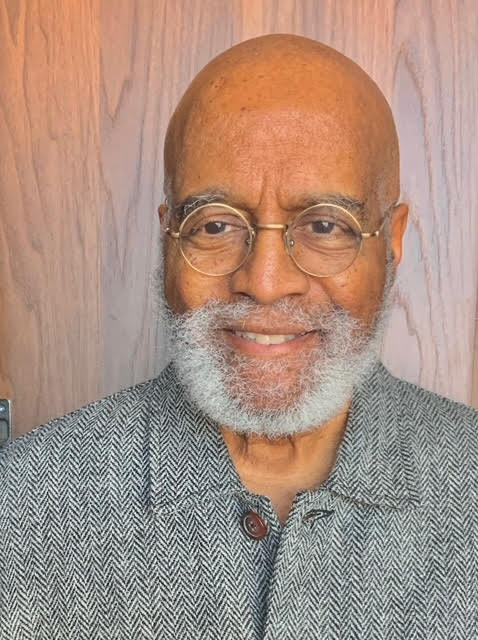
By A. Bruce Crawley

Following that recognition, the Association of American Medical Colleges (AAMC) announced a goal in 1970 to increase the enrollment of Black medical students in its schools to 12%. However, over the past 50 years, that enrollment goal has not been met, and as of 2019 the percentage of Black medical school enrollees at large in mainstream schools had not reached even 8%.
Making matters much worse, from 1990 to 2000, 296 urban hospitals were closed across the country. In 2023, the Journal of the American Medical Association (JAMA) reported that more than 400 maternity services had closed nationwide between 2006 and 2020. Between March and June 2022 alone, 11 health systems announced that they were closing their obstetric services.
Ominously in the year 1996, a New York investment firm, Forstman, Little & Company, acquired Tennessee’s Community Health Systems (CHS) at a price close to $1.5 billion. Subsequently, CHS played an important role in the closing of 129 hospitals. In 2014, CHS comprised nearly 200 hospitals, the vast majority of which were located in the southeast and southwest regions of the country where 56% of the national Black population still resides. By 2023, the company’s hospital holdings were down to 71, spread across the same geographic areas, dangerously reducing all-important birthing mothers’ access to providers, midwives, and prenatal care advisors.
U.S. healthcare professionals and other leaders continue to develop strategies to reduce the country’s preventable maternal and infant mortalities effectively. At the same time, they seek to eliminate the related healthcare disparities.
Perhaps, more importantly, it may behoove our increasingly diverse nation to begin to pay closer attention to whether the growing issue of maternal health disparities should also be recognized as the country’s healthcare “canary in the coal mine.”
Such a “canary” may play a critical role in alerting the country to better prepare for the genuine possibility that the issue of maternal health may be just an early indicator of other, larger healthcare concerns for the nation, including the growing influence of private equity firms, and their investors on U.S. healthcare policymaking, facility closings and the setting of dangerously unhealthy expense-reduction priorities. Left to their own devices, the increased leverage by private equity funds may simply continue what has been a disturbing recent pattern of judging successful hospital operations by their profitability, rather than by a successful health maintenance metric for America’s citizens.
Allegations of healthcare industry disparities are not solely drawn from isolated incidents of interpersonal racism, or from cases wherein providers are “not listening” to legitimate concerns of birthing mothers of color, although those things do occur.
Instead, there are significant examples of structural racism, which disproportionately impact access to maternal health services by women of color, including:
-Policy-impaired availability of neonatal and postpartum support for Medicaid-insured, birthing women of color, e.g., reduced postpartum period coverages, as compared to extended coverages by private insurers,
- An ongoing,16-year pattern of national, system-wide, closures of maternity wards at hospitals, especially those with notable Black-serving and/or Hispanic-serving patient bases, or high levels of resistance to accepting Medicaid-insured pregnant women as patients. And, in Philadelphia, from 1997 to 2009, we witnessed the City’s maternity wards decrease, dramatically, from 16 to just 6 hospitals.
I believe we’ve clearly explained the challenge. The issue, now, is what we plan to do about it.
It might appear sometimes that these developments are happening “in the dark,” and that no one has spoken about them or has begun to take corrective actions.
You would be wrong about that. We have reviewed proposed solutions to this crisis from 13 of the country’s best healthcare, legal, community service, and medical professional associations. Our engaged influencers include the National Medical Association, the CDC, the NIH, the White House’s Maternal Health Blueprint Committee, the drafters of the Congressional Momnibus Act, the National Partnership for Women and Families, the American Medical Association, the National Black Nurses Association, the Commonwealth Fund, the Blue Cross Blue Shield Association, and others.
At this point, we have identified more than 50 solid recommendations that would emphatically “move the needle” toward eliminating this horrendous crisis.
We encourage you to reach out to entities and leaders who have advocated for improved maternal health for birthing women of color. Such a list would include, among others, those who have been drivers of the “White House Blueprint for Addressing the Maternal Health Crisis,” and the “Black Maternal Health Momnibus Act,” and the NIH, which has proposed a “Maternal Mortality and Morbidity Moonshot,” to convene multiple federal agencies to review funding possibilities to establish a fundamentally transformative research approach for solving this issue, once and for all.
Please help them all to organize, recruit constituents and volunteers and to communicate extensively for the sakes of your families and our next generations.
Without question, Medicaid-impacted, Black, and other people of color should be mobilizing, now, within their existent community organizations, church congregations, fraternities, sororities and social groups to launch tactics that will finally reduce the levels of structural and institutional racism that permeate our healthcare infrastructures, beginning with the longstanding Black maternal health crisis.
We should certainly take meaningful steps to increase government and elected official accountability for correcting these heinous, genocidal, healthcare policies. We should begin with forums, neighborhood information sessions, traditional and digital media, and podcasts to raise awareness. Then, in this political season, we should do all that we can to put these issues on the ballot of any political candidates seeking our votes. It can work, and we have been largely inactive on this issue for far too long.
Disclaimer: The views, thoughts, and opinions expressed in the article belong solely to the author, and not necessarily to the author’s employer, The Philadelphia Sunday SUN, the author’s organization, committee or other group or individual.

















Leave a Comment